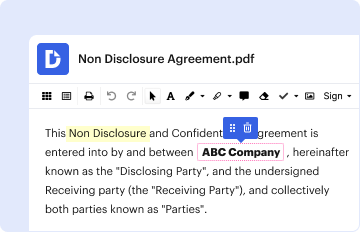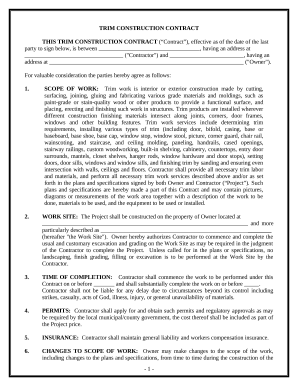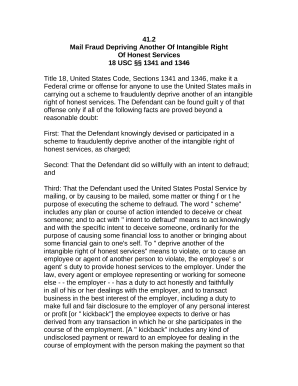Understanding Deposition Letters: Definition and Purpose
A deposition letter is a formal document issued to parties involved in a legal proceeding, notifying them of an upcoming deposition. Its primary purpose is to outline essential details such as the date, time, and location where the deposition will take place, ensuring that all involved parties are adequately informed. A deposition is a sworn out-of-court testimony that is recorded for later use in court proceedings. It serves as a critical aspect of the discovery process, allowing attorneys to gather information and prepare for trial.
In a deposition letter, parties can expect to see the following key elements:
- Recipient Information: Clearly identified parties who are being summoned for the deposition.
- Details of the Deposition: Information about the date, time, and location of the proceedings.
- Contact Information: Instructions for how to reach the sender should the recipient need clarification or further details.
- Instructions for Preparation: Guidance on what material the client should review and how they should prepare for their testimony.
These elements are essential in ensuring that the deposition process runs smoothly and that all parties understand their obligations.
Sample Deposition Letter Format
Creating a clear and professional deposition letter is crucial. Below is an outline of a typical deposition letter format. Adhering to this structure can aid legal professionals in drafting effective correspondence.
Letter Heading
- Sender's Information: Name, address, phone number, and email.
- Date: The date on which the letter is sent.
Addressed To
- Recipient's Information: Full name, address, and any relevant title.
Subject Line
- Deposition Notification: Indicate that the letter pertains to a deposition.
Body of the Letter
- Opening Statement: An acknowledgement of the legal case and the purpose of the letter.
- Details: Specifics about the deposition (date, time, place).
- Preparation Instructions: What the recipient should review and how to prepare.
- Closing Statement: Offer to answer any questions and provide contact details for follow-up.
Signature
- Closing: A formal closing and the signatory's name and title.
By following this format, the sender can maintain professionalism while clearly conveying the necessary information.
Essential Components of a Deposition Letter
When drafting a deposition letter, several components must be included for clarity and legal compliance. Each component plays a significant role in ensuring that the recipient fully understands the requirements and expectations.
- Clear Subject Heading: A succinct subject line helps the recipient immediately recognize the letter's purpose.
- Legal Citation: Reference to the court case and any relevant legal statutes can lend authority to the letter.
- Specific Dates and Locations: This information must be precise to avoid confusion, including street addresses and times down to the minute if necessary.
- Preparation Materials: Offer guidance on what documents to review or evidence to consider prior to the deposition.
- Consequences of Non-Attendance: Information about potential legal implications for failing to attend can underscore the seriousness of the deposition.
By incorporating these essential components, the letter can serve its purpose effectively and ensure full compliance with legal standards.
How to Draft an Effective Deposition Letter
Writing an effective deposition letter requires attention to detail and clarity. Below are steps to ensure the letter is comprehensive and useful.
- Begin with a Professional Tone: Start with a respectful greeting to convey professionalism.
- Structure the Information Logically: Use headers and bullet points where appropriate to make key details stand out.
- Be Concise Yet Thorough: While details matter, ensure that the letter isn't unnecessarily lengthy. Stick to relevant information.
- Include Contact Information: Provide multiple means for the respondent to reach out with questions or concerns.
- Proofread for Accuracy: Spelling errors or inaccuracies can undermine the seriousness of the letter.
With these steps, the drafter can create a deposition letter that meets both legal standards and practical needs.
Example of a Deposition Letter
For further clarification, here's an example of what a deposition letter might look like:
[Your Name]
[Your Address]
[City, State, Zip Code]
[Email Address]
[Phone Number]
[Date]
[Recipient Name]
[Recipient Address]
[City, State, Zip Code]
Subject: Notice of Deposition
Dear [Recipient's Name],
I am writing to inform you that a deposition has been scheduled as part of the case [Case Name/Number]. This deposition will take place on [Date] at [Time], located at [Location].
It is essential for you to prepare by reviewing any documents related to the case, including [specific materials]. Please ensure that you arrive on time, as this deposition will be recorded.
If you have any questions or need further assistance, do not hesitate to contact me at [Your Phone Number].
Sincerely,
[Your Name]
[Your Title]
Final Notes on Using Deposition Letters
Utilizing a deposition letter effectively ensures that all participants are kept abreast of their responsibilities and expectations. By maintaining professionalism and clarity, legal professionals can facilitate a smoother deposition process.
Each letter may require customization based on the specific circumstances of the case, the individuals involved, and the legal jurisdiction. Therefore, attorneys should consider adapting their templates to align with the unique aspects of each situation, taking care to keep the tone appropriate and the content focused on necessary details.
Testing clarity and essence in the communications around legal processes can significantly impact the outcomes associated with testimonies and the discovery phases inherent in legal proceedings.











